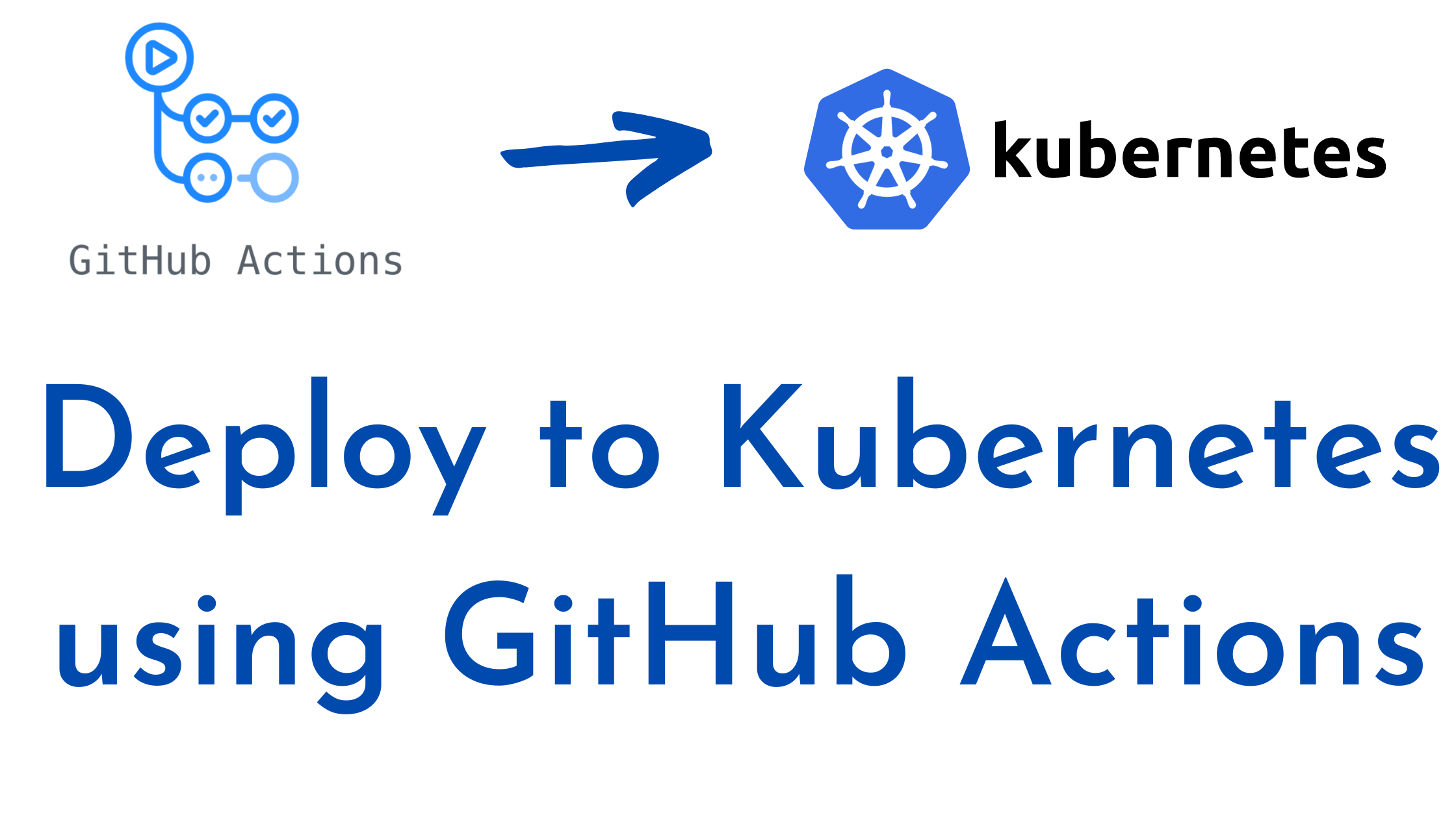Similar Posts

Deploy to Kubernetes using GitHub Actions
You need to be logged in to view this content. Please Log In. Not a…
Overview of Version Control Systems (VCS)
You need to be logged in to view this content. Please Log In. Not a…
What are the Three stages of Git
You need to be logged in to view this content. Please Log In. Not a…
How to Configure Git Username and Email
You need to be logged in to view this content. Please Log In. Not a…
Course Title: Comprehensive Guide to Git and GitHub
Module 1: Introduction to Git and GitHub Module 2: Git Basics Module 3: Working with…

Build Java Project with Maven using GitHub Actions
In this article we are going to cover How to Build Java Project with Maven…
